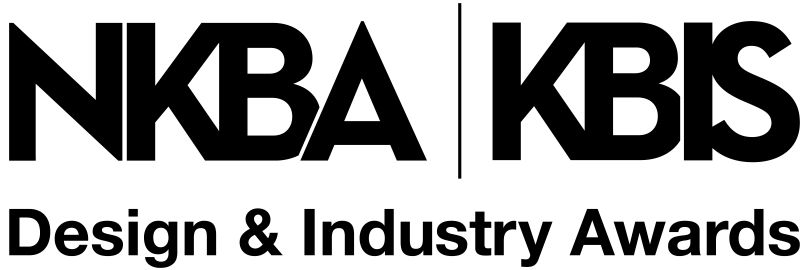While the goal of this project – reconfigure the kitchen layout for a condo set in an old industrial loft building so it’s attuned to 21st century functionality – was straightforward, Denise Merbeth, AKBD of Milwaukee-based Denise Merbeth Kitchen & Bath Design, found plenty of situations that required inventive solutions.
“It’s essential to ask follow-up questions when you’re told something cannot be done,” said the designer. “We learned that by keeping the conversation going, there is a chance that by taking a different approach than originally planned, things are possible.”
Challenge #1: Overcoming Existing Conditions
In the original kitchen, the sink was dropped into the cabinet run, facing the interior of the loft. The homeowner wanted it to be relocated to the island, reorienting it to enjoy views of the river below. However, as the building is a multi-family property, the plumbing lines could not be rerouted. Merbeth credits the client with contributing to the solution to this problem in a fortuitous way.
“He had sourced a large, steel-framed window from a factory that was being demolished,” she said and explained that installing it on the wall that separated the kitchen and bedroom had multiple payoffs. “Not only does the window fit with the industrial style of the condo, it allows daylight to reach the interior bedroom, and it provides a reflection of the outdoors he can see when working at the sink.”
The designer created a new cabinetry layout based on the window placement that shifts the range to an adjacent wall.
Challenge #2: Adapting to the Unexpected
Merbeth’s design for the island kept the existing knee walls in place and called for a stone waterfall end. With the cabinets on order and demo underway, the contractor learned that the knee walls were out of square and should be replaced to ensure a quality finished installation. Removing them led to another discovery: The concrete floor beneath them was chipped and pitted.
“We designed new end and back panels that cover the flaws in the surface of the floor and also worked with the cabinets already ordered,” said Merbeth. “The finished island looks as if it was intentionally designed this way.”
Challenge #3: Pivoting the Process
The designer specified the same quartz material for the kitchen’s worktops and full-height backsplash, creating a continuous, uninterrupted surface, but the countertop fabricator had a different idea. Because it would be difficult to install the slabs around the range hood and floating shelves, he planned to have visible seams coursing through the material. Working together, the contractor, fabricator and Merbeth developed a three-step solution that was acceptable to all. First, the hood and shelving were temporarily placed on the wall for measuring and templating, then they were removed for the seamless backsplash installation. Once this was done, the crew returned for the permanent installation of the cabinetry and hood.
—By Leslie Clagett







